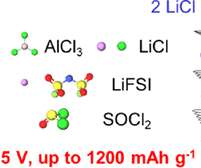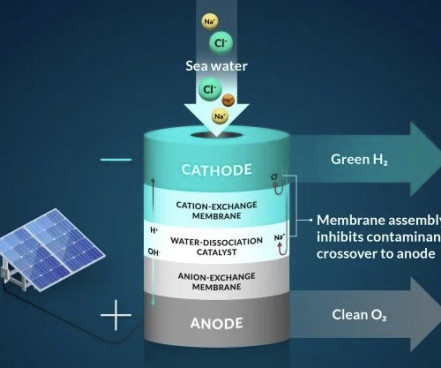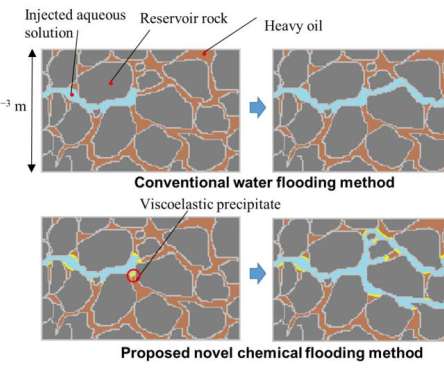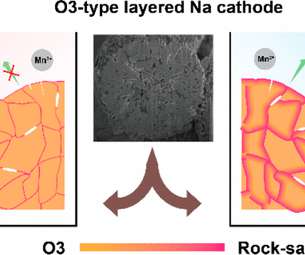Drexel team develops stable Li-S battery with carbonate electrolyte
Green Car Congress
FEBRUARY 14, 2022
Researchers at Drexel University have stabilized a rare monoclinic ?-sulfur sulfur phase within carbon nanofibers that enables successful operation of Lithium-Sulfur (Li-S) batteries in carbonate electrolyte for 4000 cycles. To the best of our knowledge, this is the first study to report the synthesis of stable ?-sulfur


































Let's personalize your content